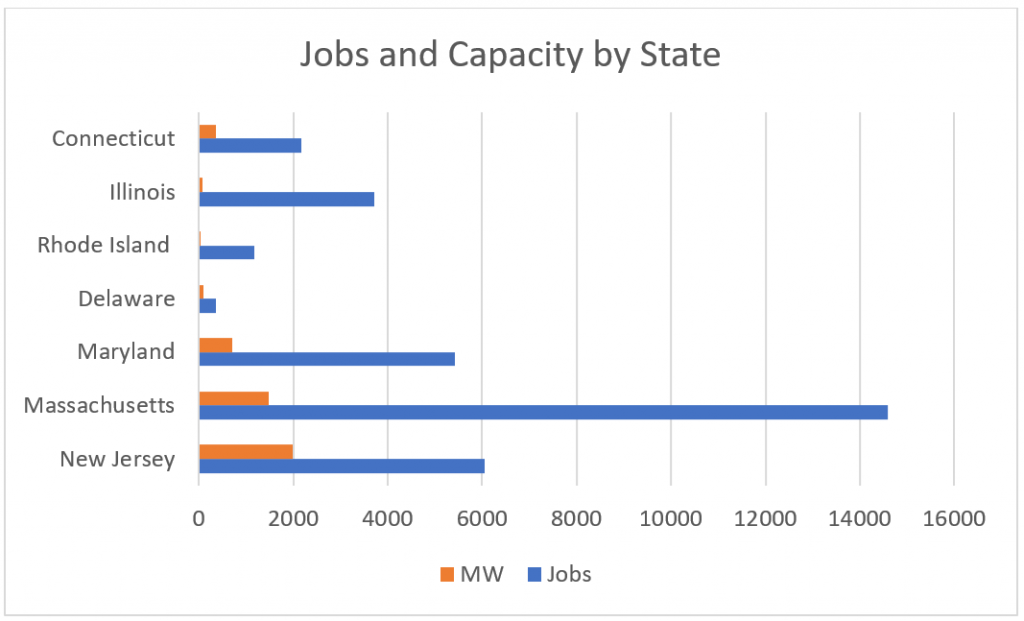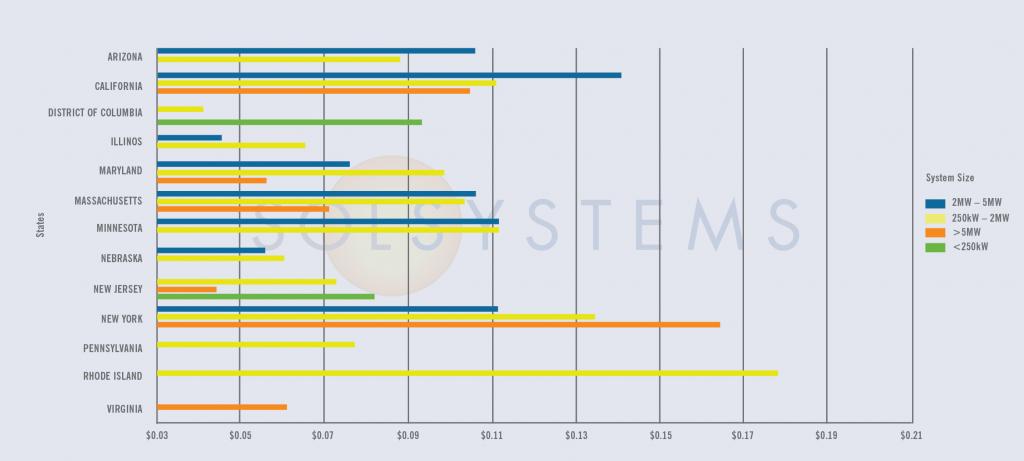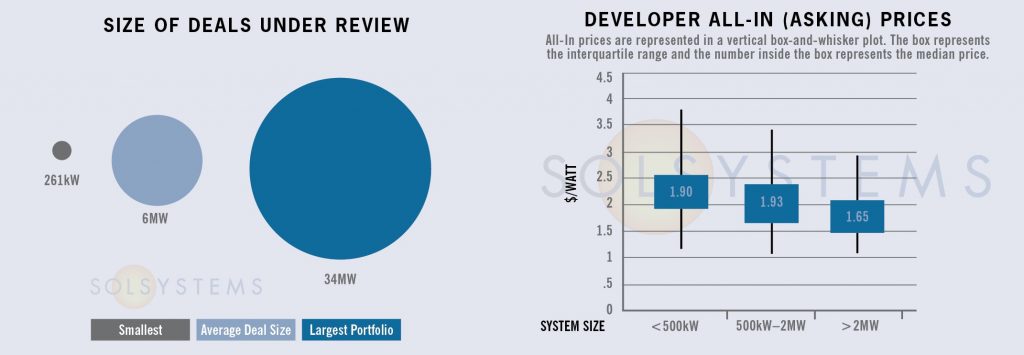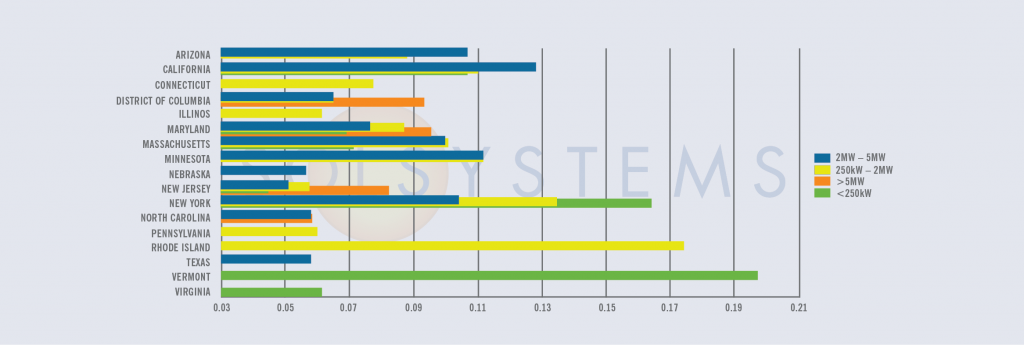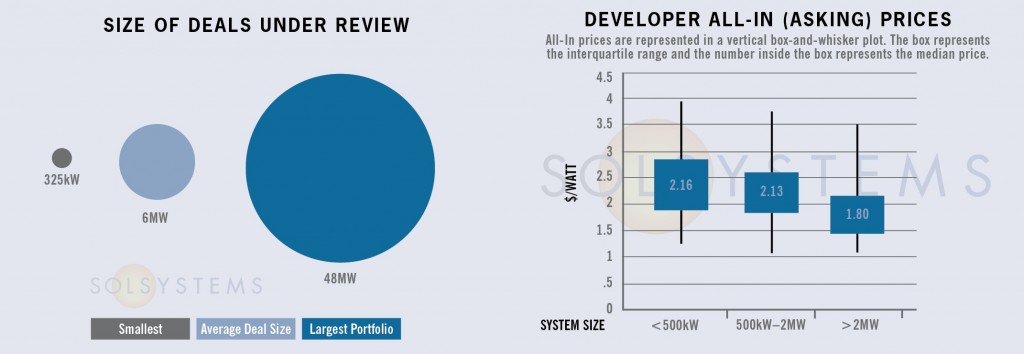Click here to read the The Sol SOURCE Q3 2019.
The Sol SOURCE is a quarterly journal that our team distributes to our network of clients and solar stakeholders. Our newsletter contains trends and observations gained through quarterly interviews with our team, and it incorporates news from a variety of industry resources.
Below, we have included excerpts from the Q3 2019 edition. To receive future Journals, please subscribe or email SOURCE@solsystems.com.
STATE MARKETS
New Jersey - New Jersey continues to be a question mark for renewable energy developers. Once one of the strongest solar markets in the country, many are now uncertain as to what the state’s solar future holds as stakeholders await a final program design for the transition program and for conversations to begin regarding the successor program’s design.
Per the state’s Clean Energy Act of 2018, the New Jersey Board of Public Utilities (BPU) is tasked with closing the existing SREC market once its 5.1% goal is achieved and developing a new solar incentive program. To date, the BPU has approved an initial draft proposal for how to calculate 5.1% attainment, thus marking the end of current status quo. This draft was met with mixed reviews from solar stakeholders, so it remains unclear what the final rule will look like, although not much is expected to change. Two potential options were put forward for the transition program, but initial drafts received pushback from solar participants, especially regarding low incentive levels set for residential systems. As a result, new incentive level options were released this month.
The dialogue will now begin again to establish the final transition order. Once that conversation is closed, the BPU will move toward the successor program discussion. With so many discussions up in the air, we’ve seen build slow in New Jersey as participants await certainty on the market’s future.
Ohio - Ohio was certainly the biggest shake up in renewable portfolio standard (RPS) policy this year… and in recent history. In House Bill 6 (HB 6), the state legislature diverted money away from renewable and energy efficiency programs and toward nuclear plants. As a result, the state’s 10-year-old RPS was cut from 12.5% to 8.5% and the solar carve out, which provided separate incentives to solar technologies, was eliminated beginning in 2020. This was a blow to Ohio’s renewable market, and if the course is not corrected, Ohio risks thousands of renewables jobs being lost and falling behind its PJM peers that all seem to have ever increasing—not decreasing—renewables goals. At the end of September, the Public Utilities Commission of Ohio (PUCO) took the first steps toward implementing HB 6 by kicking off the processes for creating the mandated non-bypassable rate mechanism to provide cost recovery for legacy generation resources.
New York - In June, we saw the New York legislature pass one of the most progressive renewable energy bills in the country. The bill increases the state’s renewables goal from 50% to 70% by 2030 with a goal of 100% zero-carbon electricity by 2040. In addition to the renewables target, the bill goes further to curb carbon by setting a goal that New York will be totally carbon-neutral by 2050. These goals are certainly aggressive, and New York has its work cut out in reaching these deployment levels. According to the state Department of Environmental Conservation, 23% of New York’s electricity currently comes from renewables, including hydro. This number will need to more than double over the next 10 years and installed solar capacity will need to more than triple to meet New York’s distributed generation goals under the law. The implementation of this law will be critically important to seeing these ambitious goals successfully achieved. On the solar side, fixes may be needed to that state’s Value of Distributed Energy Resources (VDER) tariff to further the industry’s growth and make it possible to achieve those goals. Success will be a heavy lift, but New York will be an exciting market to watch over the next decade as implementation progresses.
SOLAR CHATTER
- Ongoing siting and zoning issues in Maryland have led the state’s Court of Appeals to give the Public Service Commission (PSC) final say in approving power plants, allowing them to override decisions handed down by local governments. Although opponents cite the protection of agricultural land as their main argument, new research by Scientific Reports found that if solar was put on just 1% of agricultural land, it could generate enough to power the world. Watch out, ethanol.
- The Solar Energy Industry Association (SEIA) has officially launched its Defend the Solar ITC campaign, building support for the extension of solar’s 30% federal Investment Tax Credit (ITC). The ITC has been the footnote on 52% average annual growth for the industry, helping create more than 200,000 jobs and bringing $140 billion in American investment. Join the fight!
- Congratulations! Sol Systems customer Amazon reached its goal of hosting 50 solar energy systems by 2020 ahead of schedule. Sol Systems is proud to have worked with Amazon on some of company’s largest rooftop projects, including a 5 MW project in Carteret, New Jersey, the largest rooftop project in the Garden State. Amazon has since announced plans to build another 45 MW project in Virginia.
- A report published by the North Carolina Sustainable Energy Association shows just how massive the upside is for municipalities housing large solar projects. Data taken from 50 North Carolina counties showed a 2000% average increase in tax revenue after solar was brought to the area. Sol Customer Solutions, our joint venture with Capital Dynamics, works with municipalities across the country to bring energy savings and tax revenue to local governments through solar power projects.
ABOUT SOL SYSTEMS
Sol Systems, a national solar finance and development firm, delivers sophisticated, customized services for institutional, corporate, and municipal customers. Sol is employee-owned, and has been profitable since inception in 2008.
Over the last ten years, Sol Systems has delivered 800 MW of solar projects for Fortune 100 companies, municipalities, universities, churches, and small businesses. Sol now manages over $650 million in solar energy assets for utilities, banks, and Fortune 500 companies.
Inc. 5000 recognized Sol Systems in its annual list of the nation’s fastest-growing private companies for four consecutive years. For more information, please visit www.solsystems.com





